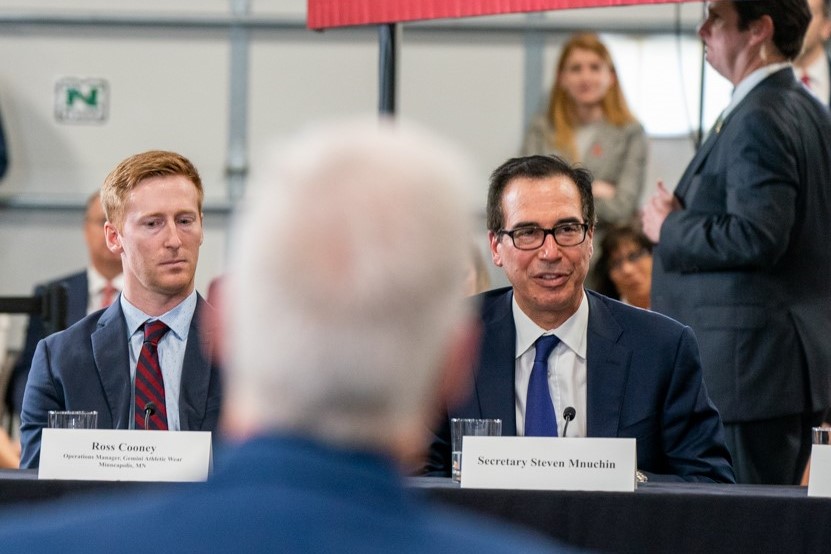Tony Nitti is a Senior Contributor for Forbes Magazine and is a leading voice for understanding the PPP Legislation and how we implement the program in our Small Business. The article below is an important read for all of us as we enter into the post-application phase of PPP. If you have not applied for or received a PPP loan please read for additional insight. If you have received your loan and have begun paying your employees under the Act, this article is particularly important for you. Instead of reprinting the entire article here, we are presenting the highlights of the article for you. If you find particular items of interest we encourage you to follow this link to the article as published on the Forbes website.
The headliner of the CARES Act was the creation of the Paycheck Protection Program (PPP), a new loan package designed to put $350 billion into the hands of small businesses for use in paying employee wages and other critical expenses over the coming weeks and months. As of the morning of April 15th, nearly $250 billion in cash had made its way to over one million small businesses, and Congress had already begun negotiations on a second round of PPP funding.
Getting a quarter of a trillion dollars to small businesses in less than two weeks is no small feat, and predictably, borrowers have encountered no shortage of procedural challenges along the way. When the program initially opened on April 3rd, many banks, including large national institutions like Wells Fargo, were not prepared to accept applications. Among those banks that were ready to go, many shut the door on any applicant with whom they didn’t have an existing banking relationship. And when applicants could find a willing lender, they quickly learned that small ambiguities in the legislative text of the CARES Act led to BIG problems in computing the maximum loan proceeds.
You can read about those problems here, but by the time you’re finished with that article, it’s likely that nearly all of the first round of PPP funding will be committed. As a result, it’s time to turn our attention to the next round of potential problems—problems that promise to be far more painful for borrowers than any headaches they endured throughout the application process.
How is the CARES Act Intended to work?
- What does it mean when it says “costs incurred and payments made” within the 8-week covered period will be forgiven?
- How do the two “covered periods” interact?
- Are payments made with forgiven funds deductible?
- Can a business pay interest on non-mortgage debt during the covered period and have it forgiven?
- Can self-employed taxpayers have mortgage interest/rent/utilities forgiven, or can’t they?
- What are we doing about federal income tax withholding and payroll taxes?
- Can a business have self-rental payments forgiven?
- Can someone explain how we determine the required reduction in forgiveness amount if a business cuts employees?
- How does the reduction in forgiveness caused by salary reduction work?
- Who makes the call?
If you find yourself asking any of the ten questions above, we encourage you to take the time to read the article. As you know, there is still a lot of confusion and we believe that following individuals like Tony will empower all of us. APS has already received calls from our clients that reflect the confusion and opinions from lenders mentioned in this article. As always, please reach out to us if you have any questions. We will work with you, consult our resources and do our best to guide you through these unknown waters.
PAYCHECK PROTECTION PROGRAM LOANS Frequently Asked Questions (FAQs)
We have one other important Resource we want to share with you. The U.S. Treasury has a website FAQ that is frequently updated. Please visit and bookmark this site for future reference.
Please keep in mind that this situation, like all COVID-19 legislation, is rapidly evolving, and this information is provided to make you aware of this change that may impact your business. This information is intended to provide an overview and is not to be used as legal advice. If you have an employee requesting leave due to COVID-19, please contact our office for assistance.



